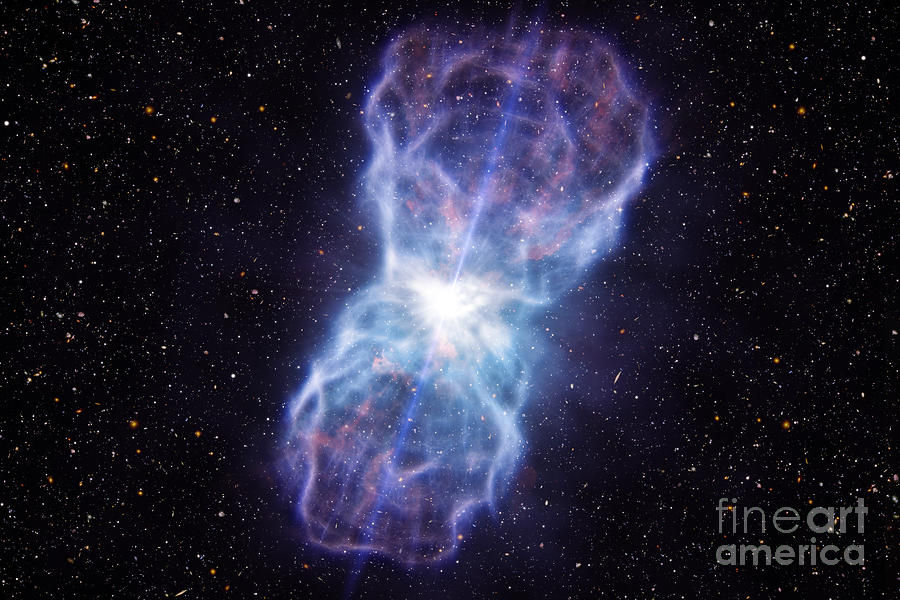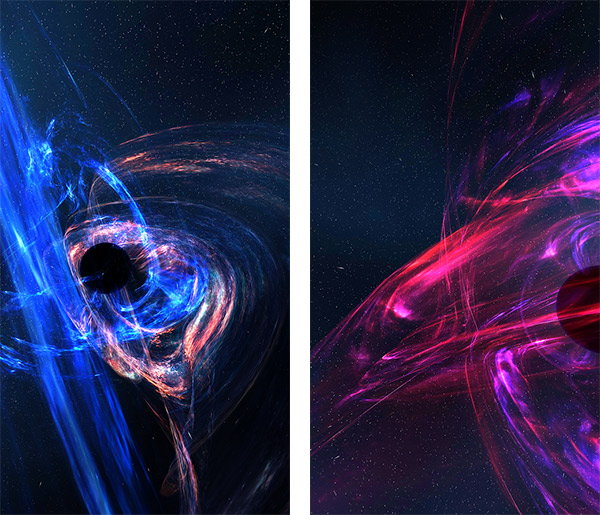

With Spitzer's dust-piercing infrared eyes, astronomers were able to find the populations of "missing" munching black holes. For the first time, astronomers have captured an image of the supermassive black hole at the center of our Milky Way galaxy, confirming the presence of the cosmic object.

The munching supermassive black hole at the galaxy's core is called a quasar, which is one type of AGNs. Astronomers refer to these objects as Active Galactic Nuclei (AGNs).
In some cases, light generated by friction between the falling dust grains outshines the entire host galaxy. However, some of this falling dust also glows in the infrared. For the first time, astronomers have captured an image of the supermassive black hole at the center of our Milky Way galaxy, confirming the presence of the cosmic object. Astronomers tracked the orbits of several stars near the center of the Milky Way to prove it houses a supermassive black hole, a discovery that won the 2020 Nobel Prize. As this dusty material falls into the black hole at incredible speeds, friction causes the plunging particles to light up brilliantly, primarily in X-ray light. For years, the supermassive black hole in the dark center of the Milky Way galaxy has been theorized about and studied and finally, it's been captured in an image. A supermassive black hole’s intense gravity can cause stars to orbit around it in a particular way. Active supermassive black holes feed on the giant rings of gas and dust that circle them. The source was a supermassive black hole about 50 million times the mass of the sun. Spitzer's infrared eyes were perfect for scouting the gluttonous black holes that are actively munching.īecause no light can escape a black hole, astronomers must detect the active ones indirectly. 9, 2018, astronomers spotted a flash from a galaxy 860 million light years away. An image of the supermassive black hole at the center of the Milky Way, a behemoth dubbed Sagittarius A, was revealed by the Event Horizon Telescope on May 12, 2022. Most galaxies contain at least one, and occasionally several, supermassive black holes at their center, although not all of them are actively "eating". Spitzer's view of a dust-enshrouded quasar.


 0 kommentar(er)
0 kommentar(er)
